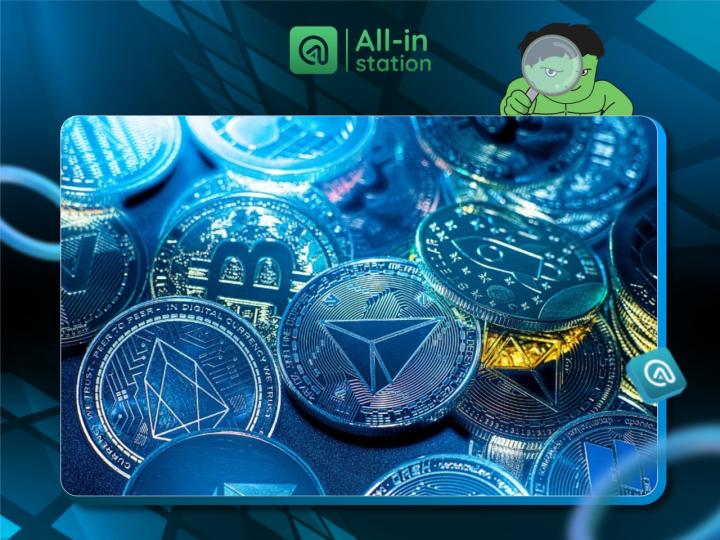Chainfeeds Guide:
Ethereum upgrade, RWA is cooking, DeFi giants forming a group to start their exclusive Lego time......
Article Source:
https://cmdefi.substack.com/p/cmdefi-farming-035
Article Author:
CM
Perspective:
CM: Recently, ETH has risen significantly, and many attribute this to the Ethereum Pectra upgrade. However, I personally believe this is not the main driving factor, but more likely a price correction due to previous excessive FUD, especially against the backdrop of ETH/BTC exchange rate hitting historical lows. Of course, this upgrade is still worth paying attention to and learning about. Here's a brief summary of the main content: EIP-7702 achieved account abstraction, enabling externally owned accounts (EOA) to have smart contract functionality, enhancing account flexibility and extensibility; EIP-7251 raised the maximum effective balance of validators from 32 ETH to 2048 ETH, helping to simplify validator management and improve staking efficiency; EIP-7002 introduced an exit mechanism triggered by the execution layer, reducing dependence on centralized delegation services and enhancing network decentralization; EIP-6110 transferred deposit processing responsibilities from the consensus layer to the execution layer, directly providing deposit data at the protocol level, improving processing efficiency; EIP-7691 further optimized data availability by increasing the average number of Blobs per block from 3 to 6 and the maximum from 6 to 9, significantly enhancing data throughput capacity. Although these improvements are not direct factors in current price fluctuations, they lay a more solid foundation for Ethereum's scalability, security, and usability. Ondo Chain is a public chain, while Kinexys is a private/permissioned chain. The interoperability of these two chains requires additional technical support, currently using the Chainlink solution. It is expected that in the future RWA cross-chain settlement field, Chainlink has already occupied a significant ecological position. If RWA breaks out as expected, LINK will be a target with good growth potential, and its leading position in the oracle track also provides strong fundamental support. The core technology of this collaboration is the Chainlink Runtime Environment (CRE), a secure off-chain computing environment for coordinating activities between blockchain and traditional systems. CRE integrates Kinexys' synchronous settlement workflow, supporting cross-chain atomic swaps of assets and payments, achieving a more efficient and trustworthy tokenized asset clearing process. Cross-chain atomic settlement refers to simultaneous delivery of assets and payments between two different blockchain networks, ensuring that no unilateral transfer occurs if the transaction fails on either side, safeguarding the safety of funds and assets. This capability is crucial for promoting institutional adoption of blockchain infrastructure, especially in the context of large-scale RWA entering on-chain asset management, highlighting Chainlink's role and value. Liquity V2 encountered a security vulnerability in mid-April 2025, leading to an emergency protocol suspension, becoming a typical case in recent DeFi security incidents. After the vulnerability was discovered, the Liquity team responded quickly, closing the protocol to prevent further fund losses and announcing a relaunch after a comprehensive repair and audit. It's worth noting that Liquity V1 was a classic design in early DeFi development, adopting a governance-free, interest-free, zero-oracle dependency over-collateralized lending mechanism, favored by many developers for its concise structure and operational transparency, and forked by multiple new protocols. V2's upgrade attempted to introduce higher efficiency and flexibility, such as multi-asset collateral support, modular architecture, and partial re-staking capabilities. However, this vulnerability exposed the need for further strengthening of security boundaries after system complexity increases. The community currently maintains a wait-and-see attitude towards Liquity V2. On one hand, it remains one of the few projects in DeFi attempting to build a "concise stablecoin system"; on the other hand, this security incident also reminds people that beyond innovative design, the fundamental guarantee of protocol security is equally indispensable. Its performance after relaunching will be a crucial indicator of whether it can continue its V1 reputation and regain market trust.
Content Source







